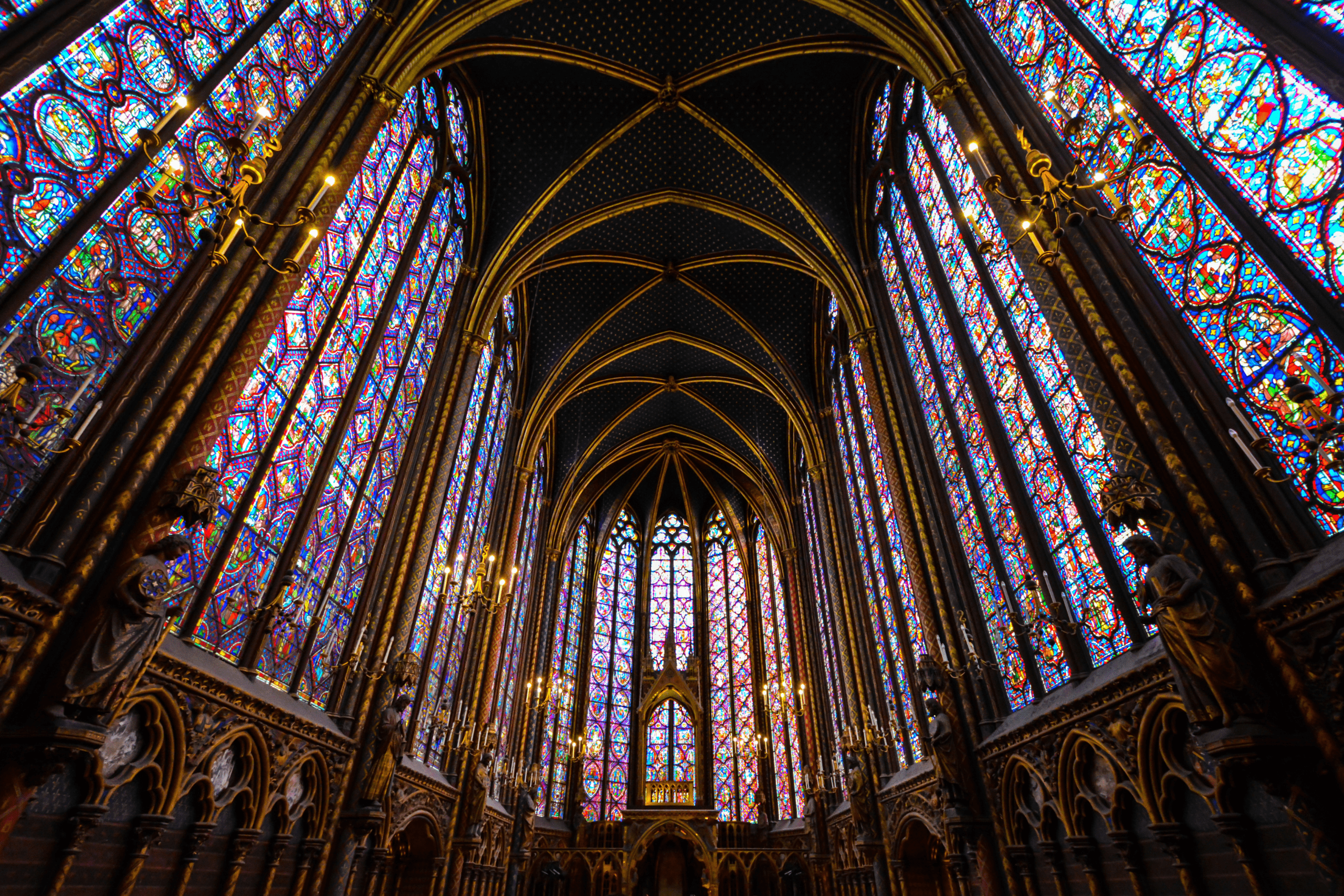
5 Considerations for Church Architecture
There is always a lot to consider with any design project. However, when it comes to church architecture, this is even further exacerbated. Many places of worship that already exist have stood for so long that they are now listed buildings. This in itself creates a plethora of limitations when it comes to extending or renovating. Furthermore, even the process of building a brand new church brings with it lots of different key considerations.
5 Considerations for Church Architecture
Here at Munday and Cramer, we have played a part in many architecture projects taking place within places of worship. As such, we have the expertise needed to help you bring your visions to fruition whilst also considering your needs and any legal restrictions. You can read one of our case studies here.
Below are 5 key considerations for church design and architecture…
Listed Building Regulations
As we mentioned earlier, in a lot of cases, old churches are often listed buildings. This means that when it comes to renovation or expansion, you may face a long list of restrictions. There are three types of listed building:
- Grade I Listed Building
- Grade II* Listed Building
- Grade II Listed Building
You can read more about what this may mean for your project by clicking here.
Typical Church Architecture Properties
Whilst a lot of new churches do like to put a modern spin on design, most still like to encompass some typical key features to help them be distinguished. For example, colourful stained glass windows are something that most churches display and this is the same for many more modern practises too. All good architects will have an in-depth discussion with you prior to starting a project in order to determine your key focuses, needs, and any features that are a must.
Funding and Budget
Budget is one of the most important considerations of any architecture or construction project. Without a clear indication of the funds you have available, the project just simply cannot begin. As funding for churches often comes from donations, you’re likely to have tight financial restrictions. As such, this should be taken into careful consideration during the planning process.
Safety Precautions
As churches are deemed as commercial properties, there are a number of health and safety regulations that must be adhered to. This includes both within the construction process and thereafter. Building security should also be a vital consideration.
Space Utilisation
Most church architecture projects are necessary to accommodate increasing demand and to stop overcrowding at other places of worship nearby. As such, it’s important that you really are considering space utilisation and how you can make the most out of what you have available. Your architect will need to consider the size of the plot as well as any key facilities that the church must house.
Contact Munday + Cramer
About to embark on a new church architecture project or looking to expand an existing place of worship? We’d love to get lend you our expertise! For more information about working with our RIBA qualified architects, give us a call today on 01245 326 200. You can also click here to fill out our contact form.
